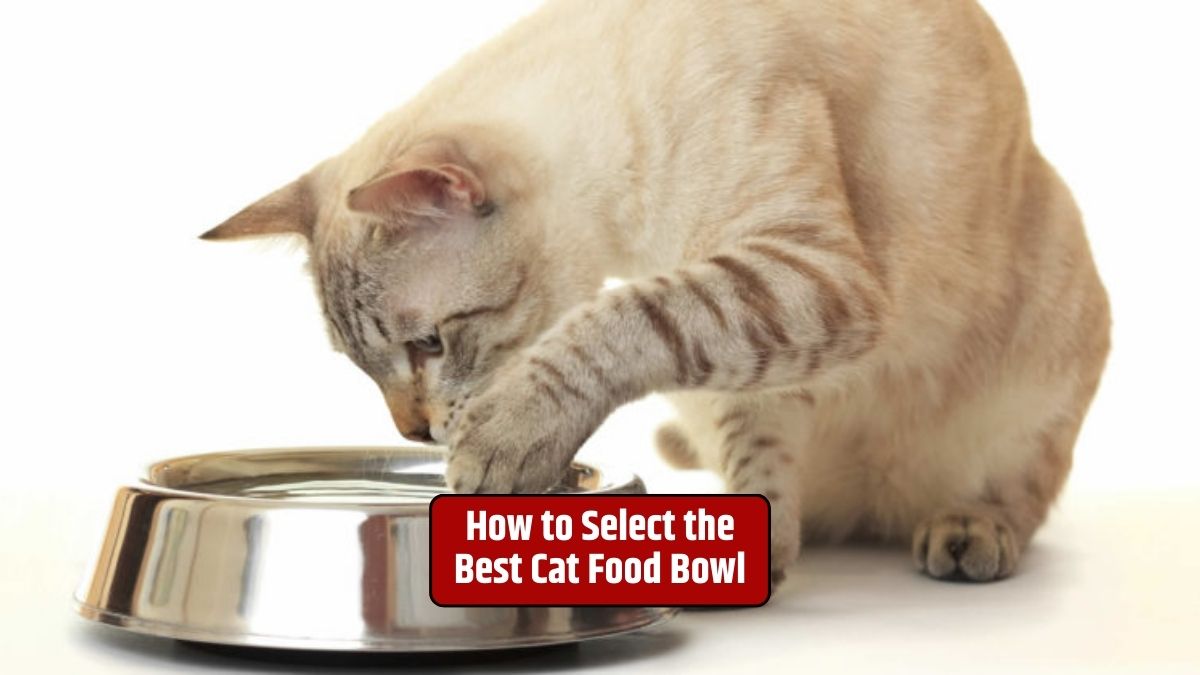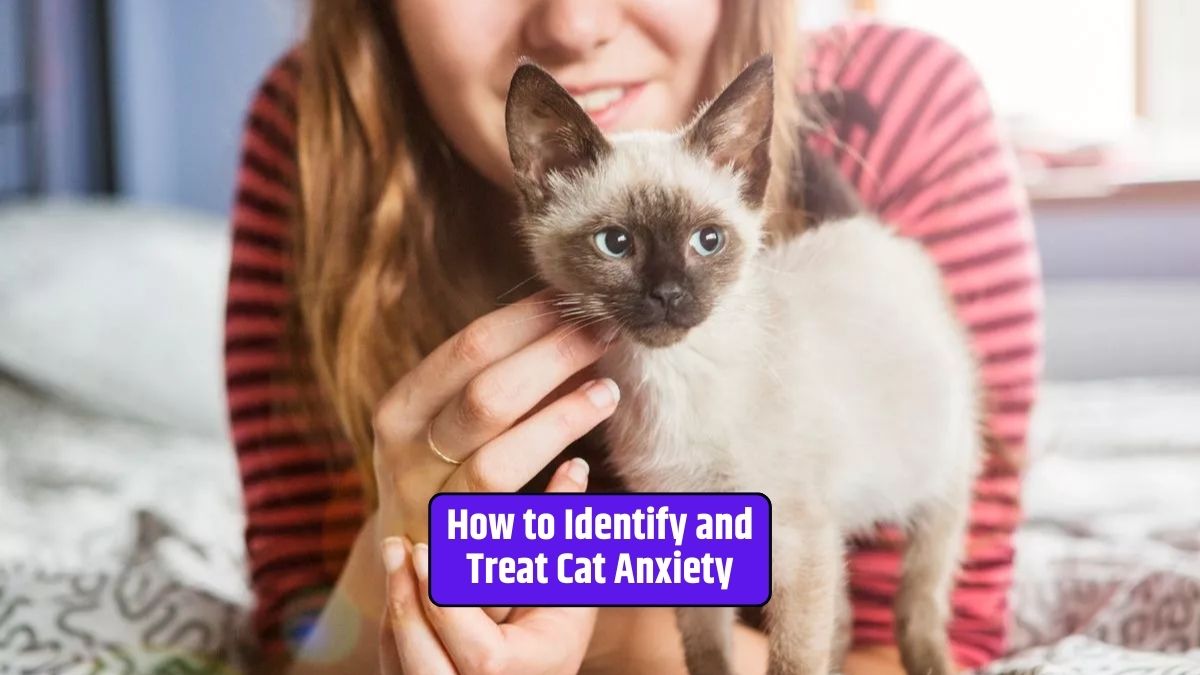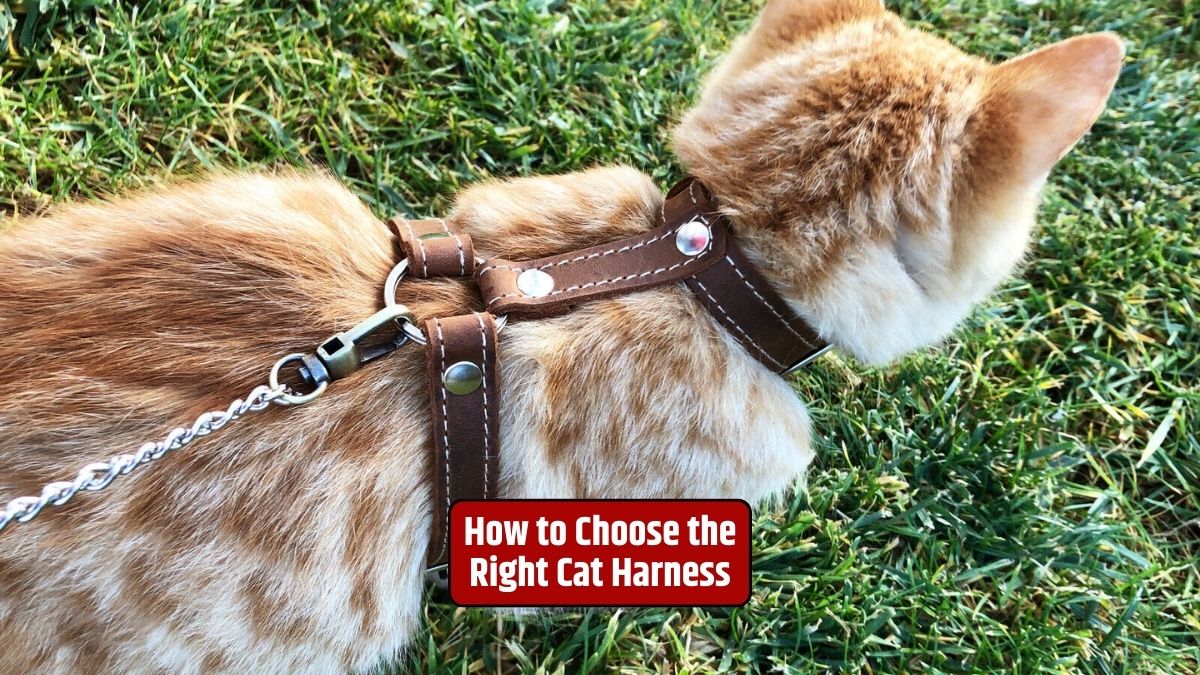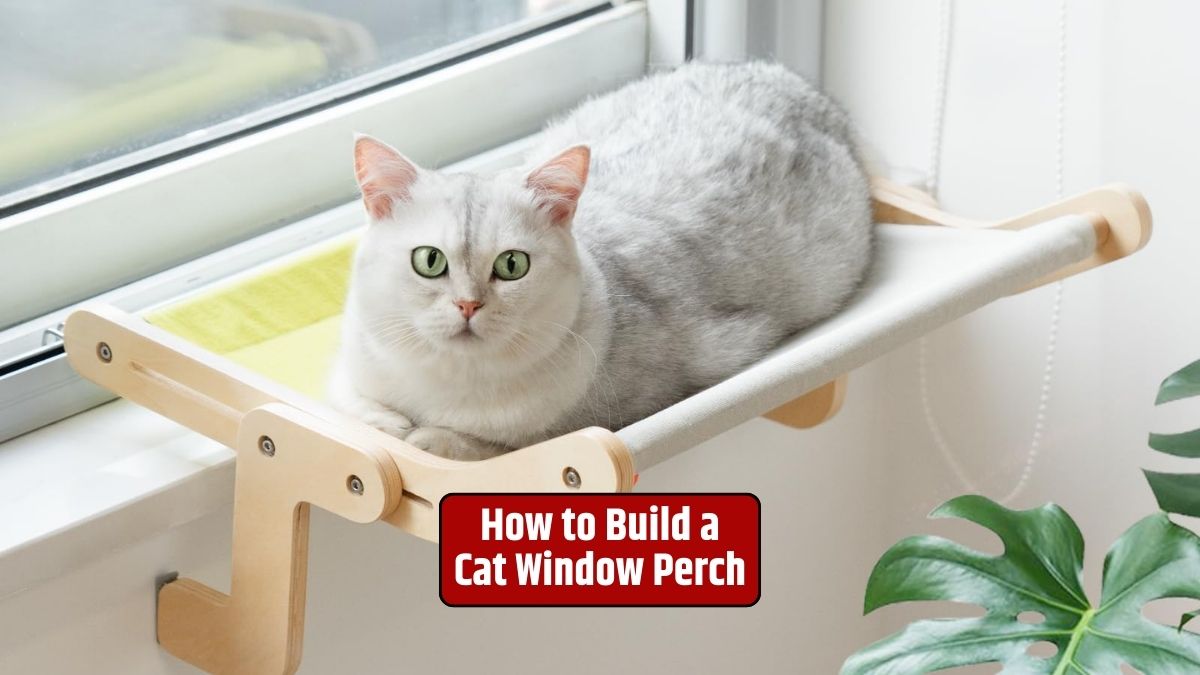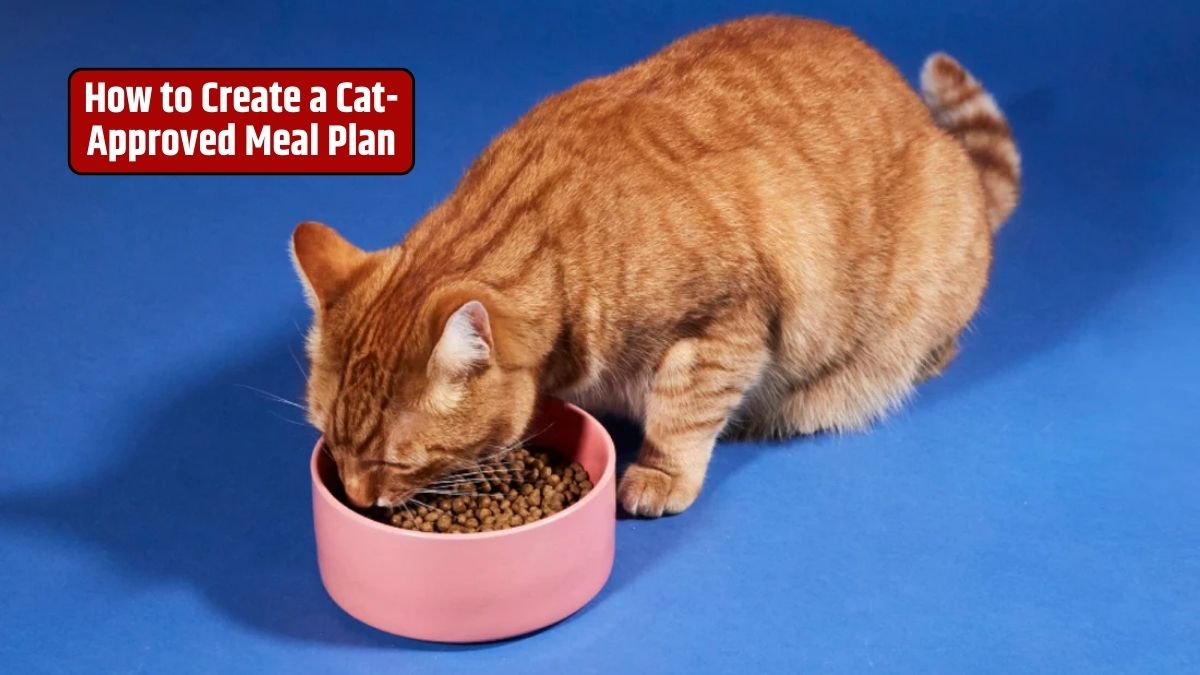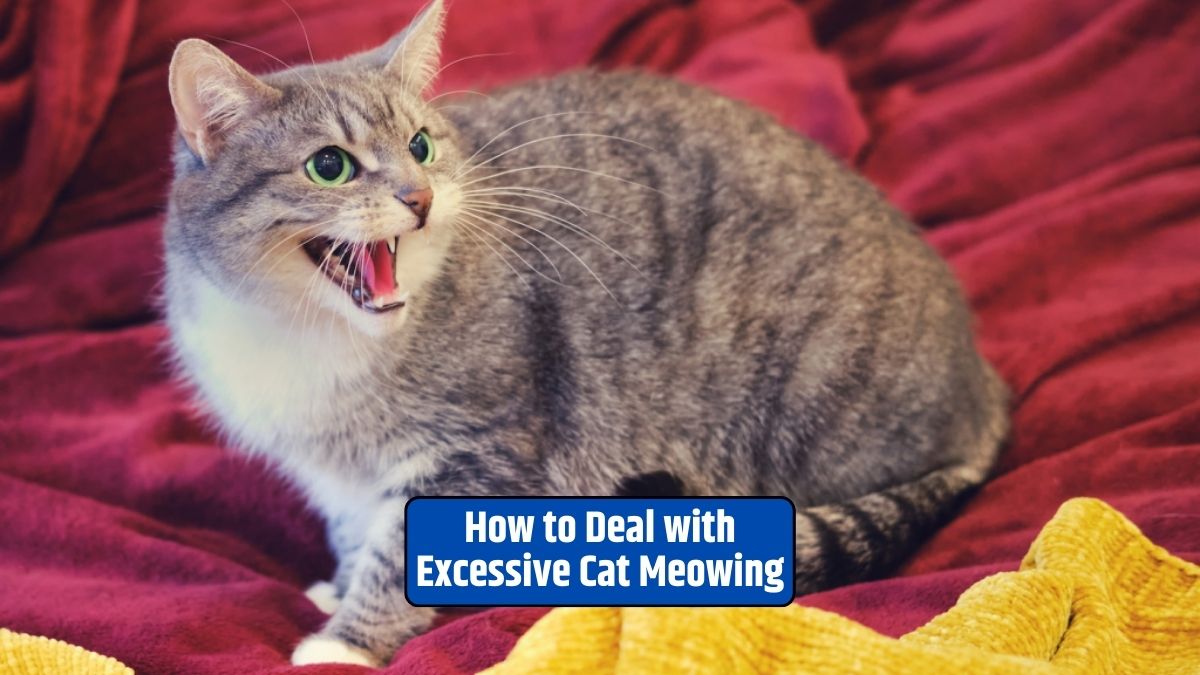Choosing the right food bowl for your feline companion may seem like a simple task, but it plays a crucial role in their health and overall dining experience. In this guide, we’ll explore the ins and outs of selecting the best cat food bowl to keep your whiskered friend content and well-nourished.
Dining Preferences
Before we dive into the world of cat food bowls, let’s understand a bit about feline dining preferences.
1. Cats and Whiskers
Cats have sensitive whiskers, and the way their whiskers touch surfaces can affect their eating experience. Whisker stress, caused by narrow or deep bowls, can lead to discomfort for your feline friend.
2. Material Matters
The material of the bowl matters not only for hygiene but also for your cat’s health. Some materials can cause allergies or skin irritation, so it’s essential to choose wisely.
Selecting
Now, let’s embark on the journey of choosing the perfect cat food bowl.
1. Bowl Shape
Whisker-Friendly Bowls
Opt for wide, shallow bowls to prevent whisker stress. This allows your cat to eat comfortably without the irritation caused by their sensitive whiskers touching the sides.
Size Matters
Choose a bowl that suits your cat’s size and eating habits. A larger bowl may be suitable for cats who like to graze, while smaller bowls are ideal for controlled portions.
2. Material Selection
Stainless Steel
Stainless steel bowls are durable, easy to clean, and resistant to bacteria. They are an excellent choice for cats with allergies as they don’t leach harmful substances.
Ceramic
Ceramic bowls are sturdy and come in various designs. Ensure the glaze is lead-free. These bowls can be heavier, making them more stable for enthusiastic eaters.
Plastic
While lightweight and budget-friendly, plastic bowls may harbor bacteria and cause allergies. Opt for BPA-free options, and replace them regularly to prevent scratches that can harbor germs.
Elevated or Flat Bowls
Elevated Bowls
Elevated bowls can benefit cats with arthritis or digestive issues. They promote a more natural eating posture and reduce strain on joints.
Flat Bowls
Flat bowls are suitable for cats who prefer to eat at ground level. These are ideal for cats with short noses, like Persians or Exotic Shorthairs.
4. Easy to Clean
Choose bowls that are easy to clean to ensure your cat’s dining area remains hygienic. Dishwasher-safe bowls save time and effort.
5. Non-Skid Base
To prevent spills and mess, opt for bowls with a non-skid base. This is especially useful for playful cats who may inadvertently knock over their bowls.
Conclusion
In the grand scheme of cat care, the humble food bowl holds more significance than one might think. By understanding your cat’s unique needs and preferences, you can make mealtime a joyous experience.
Whether it’s the shape, size, material, or the convenience of cleaning, each factor contributes to the overall satisfaction of your feline friend.
FAQs
Can I use a regular bowl for my cat?
Yes, as long as it meets your cat’s preferences. Ensure it’s wide and shallow to prevent whisker stress.
Are automatic feeders a good choice?
Automatic feeders can be convenient, but some cats may prefer a more interactive dining experience. It depends on your cat’s personality.
How often should I clean my cat’s food bowl?
Ideally, clean the bowl daily to prevent bacteria build-up. Stainless steel bowls are particularly easy to sanitize.
My cat is a messy eater. Any tips?
Opt for bowls with higher sides to contain spills. Placing a mat under the bowl can also help catch any stray kibble.
Can I mix wet and dry food in the same bowl?
Yes, you can mix wet and dry food in the same bowl. Ensure it’s clean to prevent bacterial growth, and refrigerate any uneaten wet food promptly.
